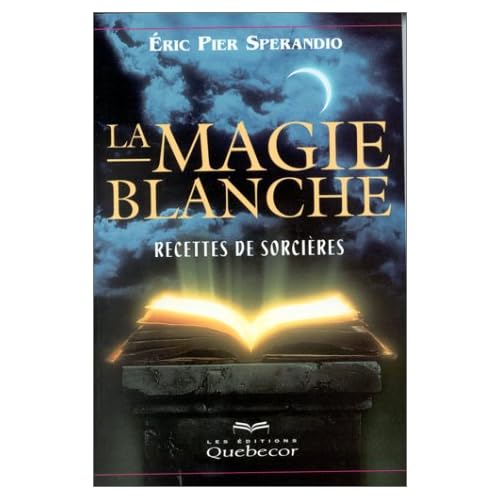Bone was probably one of the first materials used by humans to create sacred objects. It's readily available, fairly easily worked, and even the most primitive societies readily recognize that bones are directly related to the person or animal from which they came. As blood has always represented Life because it comes only from living creatures, bones have always had a connection to Death because they are all that remains of us when we die. Although most of us no longer have mounds of fresh bones cluttering up the kitchen every day, modern Pagans can still use bone in many forms to connect with our Gods and especially our Ancestors.
The simplest and perhaps most beautiful way to use bone in a sacred setting is to place an animal bone or skull on your altar. At Samhain, skulls (either real or sculpted) are
de rigeur, but they can be kept on an Ancestor altar year-round. Skulls and bones of animals and birds can be bought in stores or online, or even found in the wild. I have a couple of small skulls (a squirrel and - I think - a skunk) that I just found in our urban back yard. The intricacy and simplicity of skulls makes them quite beautiful, and they can be left bleached white, stained or painted. If you have a totem animal that you connect with strongly, a skull or bone of that specific animal can be a powerful bond, but ultimately all bones connect to our own ancestry at its most ancient.
Bone can also be used as a creative material in many ways. One of the oldest forms of bone craft is scrimshaw, which is simply scratching designs onto bone and staining the markings to make them visible. This is a wonderful way to make amulets and talismans, and the availability of small bone disks and plaques from craft and bead suppliers means you don't have to prepare your own from raw bones. (Which is cheap and fairly easy, but messy and not for the squeamish.) Bone is fairly hard, so you need to use a fairly sharp tool to engrave it. A short-bladed knife or a sharp awl will work, though care is needed to do a neat job and prevent accidents. A Dremel or other motor-tool is excellent for this, though grinding bone with a tiny drill does produce a characteristic smell that may invoke unpleasant memories of dentistry. When you have marked your rune, petition, sigil or other design, paint into the lines with ink or thin paint (India ink is traditional for this, and works very well) and wipe it off the surface to leave only the fine markings darkened.
While at the bead store, you can usually find other kinds of bone beads that are perfect to use in magical crafts. Cylindrical, oval and round bone beads are readily available, as are long tube beads which can be either sewn on or left hanging as pendant decorations. I particularly like these because of the lovely rattling sound they make. (Incidentally, this is the first test of whether beads are real bone or plastic - bone always knocks together with a high-pitched "click", while most plastic sounds dull.) Many suppliers have small Tibetan skull beads carved from bone, which seem inherently magical.
A simple bone craft that you can create, as part of a ritual or just by itself, is a bone cross. I made the one shown here in a workshop with the
Niagara Voodoo Shrine a few years ago, and it's a protective charm that can be hung over the door (as I do) or anywhere else in your home to invoke the powers of the dead to protect your home and family. Besides the Ancestral connection of the bones themselves, the shape is a representation of a crossroads, which is a traditional place to petition the dead for help. Any large fowl bones and good for this, turkey, goose or even very large chickens, which can be kept from your next big family dinner (which connects the cross even more closely to your family) or you can buy two large turkey legs, make soup with the meat and use the bones. Clean the bones very thoroughly and put them into a pan with water and a little chlorine bleach to soak for a while. This will sterilize and bleach the bone. Hang them to dry, preferably in the sun, for several days.
To make the cross, simply attach the bones together with a dab of hot glue to hold them while you lash them together with yarn or embroidery thread. White, black or red are all traditional colours for this, or you can use any colours that seem right to you. Tie a small loop onto the top of the upright bone to use as a hanger, and decorate the cross with buttons, beads, cord or anything else that speaks to you. I used old buttons, a plastic skull, glass beads and red leather thongs. As you create the cross, concentrate on your intent to create a powerful protective amulet, and request the assistance of the dead, your own ancestors and those spirits who remain among us, to keep your home safe. The more time you take to add decoration to it, the longer you have to imbue it with your intent as you work.
Hang the cross over the main door or in a central position in your home. You can put it in an out-of-the-way place if you're worried people might think it's creepy, but mine has been hanging in plain sight over our front door for several years and nobody has even noticed it. (Many of us already have enough odd things in our homes that one more won't make much difference!)




